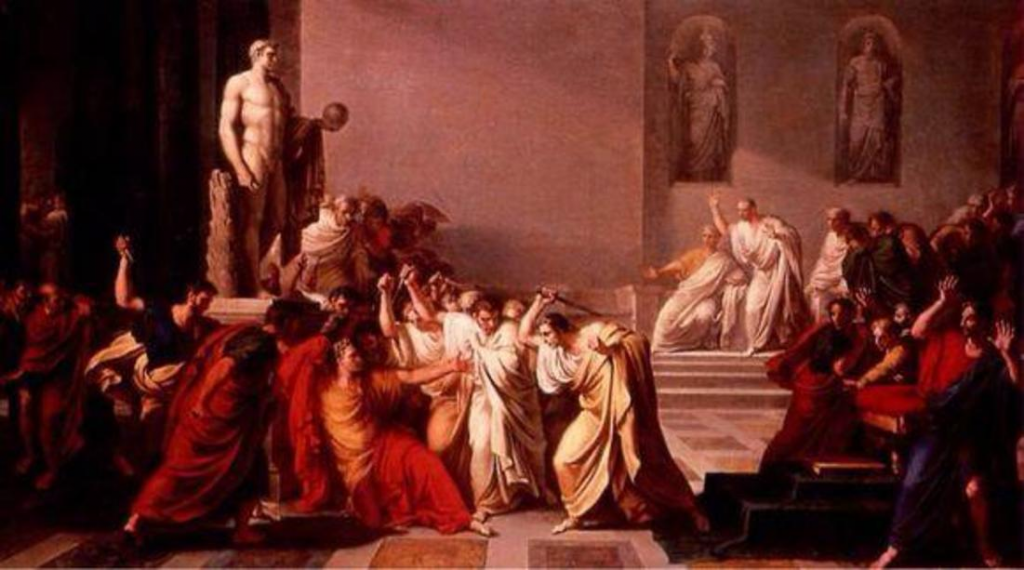On January 17, 395 AD, the Roman Emperor Theodosius I, on his deathbed, divided the empire between his two sons: Arcadius in the East and Honorius in the West. Many historians mark this as the formal split of the Roman Empire into East and West, but was it really? The reality of Rome’s division is far more complex than a simple decree.

A History of Power Sharing
The idea of dividing Rome was not new. The empire had grown too vast for a single ruler to control effectively. In 285 AD, Emperor Diocletian introduced the Tetrarchy, a system where two senior emperors (Augusti) and two junior emperors (Caesars) ruled different parts of the empire. This system aimed to prevent internal power struggles and improve governance, but as soon as Diocletian retired, the empire fell back into chaos.
Why Did the Empire “Split” in 395 AD?
Unlike earlier divisions, Theodosius’ decision was not about governance but rather inheritance. His sons were too young and inexperienced to rule alone, so the empire was split to ensure continuity. However, there was no formal declaration that the empire would remain permanently divided.
At first, the two halves were still considered one empire, ruled by two emperors from the same dynasty. They cooperated in matters of defense and administration, and in theory, a single emperor could still rule over both parts.
Cultural and Economic Differences
Over time, the East and West began to drift apart due to economic, military, and cultural factors:
- Economic Power Shift: The East, with wealthy cities like Constantinople, Alexandria, and Antioch, had stronger trade connections and a more stable economy. Meanwhile, the West struggled with financial instability and relied heavily on taxing its declining agricultural base.
- Military Challenges: The West faced constant invasions from Germanic tribes and had fewer resources to maintain a strong army. The East, benefiting from a more stable border with Persia, had the wealth to maintain a professional military.
- Religious Evolution: While Christianity became the dominant religion across the empire, theological disputes often pitted the Greek-speaking East against the Latin-speaking West, further dividing them.
The Fall of the West, Survival of the East
In 476 AD, the Western Roman Empire collapsed when the Germanic leader Odoacer deposed the last emperor, Romulus Augustulus. However, the Eastern Roman Empire (later known as the Byzantine Empire) continued to thrive for another thousand years until the fall of Constantinople in 1453.
Modern Relevance: Lessons from Rome’s Division
The story of Rome’s “split” offers valuable lessons for modern politics and global affairs:
- Overexpansion Leads to Decentralization: Just like Rome struggled to manage its vast territories, modern superpowers also face challenges in maintaining control over distant regions.
- Economic Strength Dictates Survival: The East’s economic power allowed it to outlast the West, a lesson still relevant in today’s discussions about economic sustainability.
- Cultural and Linguistic Divisions Matter: Rome’s split was as much about culture as it was about politics. Today, we see similar trends in multinational states where regional identities challenge centralized authority.
Conclusion
Rather than a single event, the division of Rome was a gradual process driven by economic shifts, military pressures, and cultural differences. While Theodosius’ sons took separate thrones in 395 AD, the idea of a single Roman Empire persisted for decades. The true division came later, as history unfolded, showing that political structures often change not by decree but by necessity.

No comments yet.